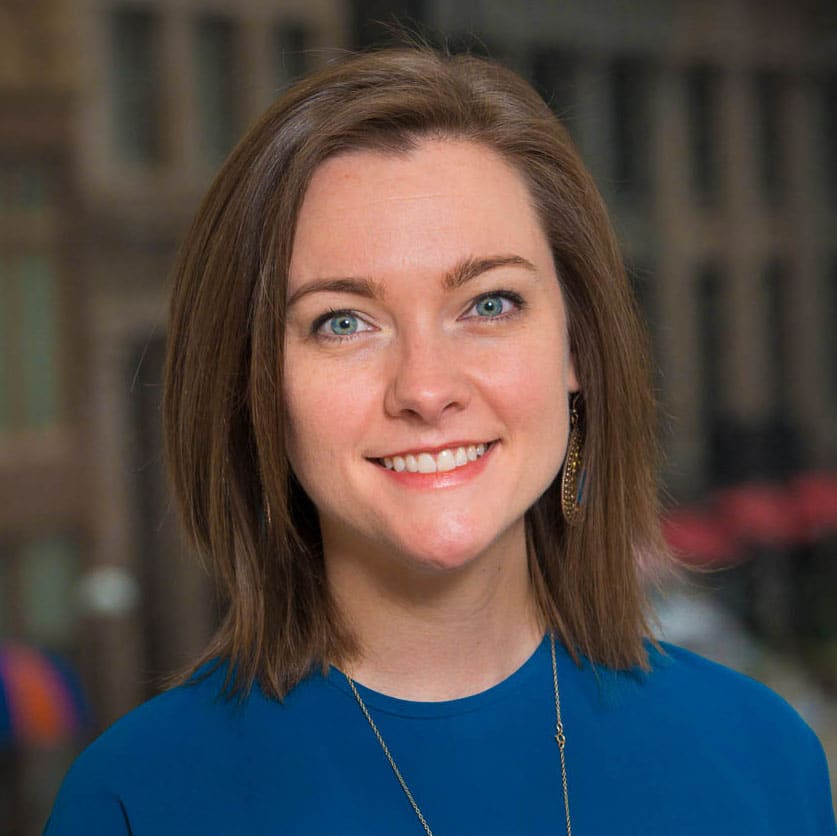Forecast 4.0 – The Future of Learning
Education in the Era of Partners in Code
We are rapidly entering a new era in which our economy, our institutions, and our societal structures – indeed, the very bedrock of our lives – are shifting at an accelerating pace.
This new era promises to change learning so dramatically that both the ways in which education prepares learners and the reasons why people pursue learning could look drastically different than they do today.
Many factors are contributing to this era shift, among them new social norms, organizational approaches and economic models. Above all, exponential advances in digital technologies are changing our world at an unprecedented pace. Our devices are becoming increasingly smaller, more efficient, connected, and affordable. We do not just use them; we wear them as extensions of our bodies and adornments to ourselves. Data is captured in vast amounts, creating ever more detailed images of our realities, behaviors, and patterns. Increasingly sophisticated computational tools and algorithms are ushering in smart machines such as driverless cars; robots that work alongside humans; and digital helpers that can think, learn, anticipate our needs and wants, and even create art. Such developments are disrupting organizational and business models, reconfiguring civic relationships, and changing the role of employment in people’s lives. They will also have a profound effect on how, when, and why people learn. Over the next decade, our lives will become so inextricably linked with our digital companions that we will find ourselves living as partners in code, creating the next generation of human-digital co-evolution. Code will become increasingly ingrained in our lives. It will come to function as a sort of white noise in the background: always there and only noticeable when missing. The key challenge of the era of partners in code will be to define how people foster productive relationships with technology that leverage, elevate, and celebrate the unique contributions of our humanity so that we can thrive amid intensifying complexity.
Where the drivers of change meet the impact layers, provocations suggest possibilities for what learning could look like in ten years. As you explore them, we invite you to unleash your imagination, examine new possibilities for learning and consider what role you might play in shaping the future of learning.
Over the next decade, our lives will become so inextricably linked with our digital companions that we will find ourselves living as partners in code, creating the next generation of human digital co-evolution. Code will become increasingly ingrained in our lives. It will come to function as a sort of white noise in the background: always there and only noticeable when missing.
The key challenge of the era of partners in code will be to define how people foster productive relationships with technology that leverage, elevate and celebrate the unique contributions of our humanity so that we can thrive amid intensifying complexity.
Strategy Guide
Our strategy guide and its accompanying infographic are designed to help education stakeholders respond to the changing external environment, exploring five foundational issues facing education.
Toolkit
This toolkit allows audiences to explore student-centered learning through the knowledge and skills that young people will need to thrive in the future. It will help users design student-centered learning experiences, informed by future needs and inspired by real-life examples.
Regionally Adapted Forecast
How might one community shape the future of learning in the face of exponential change? Remake Learning Network commissioned KnowledgeWorks to help the region answer that question by exploring potential local impacts of trends highlighted in the forecast. Read our adapted forecast for the Pittsburgh region.
Deep Dive
Alongside a cultural shift toward openness and transparency, two emerging technologies – blockchain and smart contracts – have the potential to impact learning dramatically. Learning on the Block: Could Smart Transactional Models Help Power Personalized Learning?© is a deep dive into the smart transactional models driver of change.
Redefining Readiness from the Inside Out
Work is changing rapidly as we enter a new era fueled by exponential advances in digital technologies. This publication and accompanying infographic explore how a new foundation for readiness might help people navigate the future and illustrates how critical uncertainties could affect readiness by 2040. See how we adapted the publication into regional strategy guides for Ohio.
Discussion and Facilitation Guide
Shaping the Future of Readiness: A Discussion and Facilitation Guide© aims to assist community conveners in supporting meaningful multi-sector and action-oriented discussions that lead to concrete next steps that support future workforce development.
Leveraging Digital Depths for Responsive Learning Environments
With the spread of wearables, augmented reality and virtual reality, education stakeholders face the question of how developing technologies may support learning. This publication and its accompanying infographic explore the potential for technology to help create more responsive learning environments.





